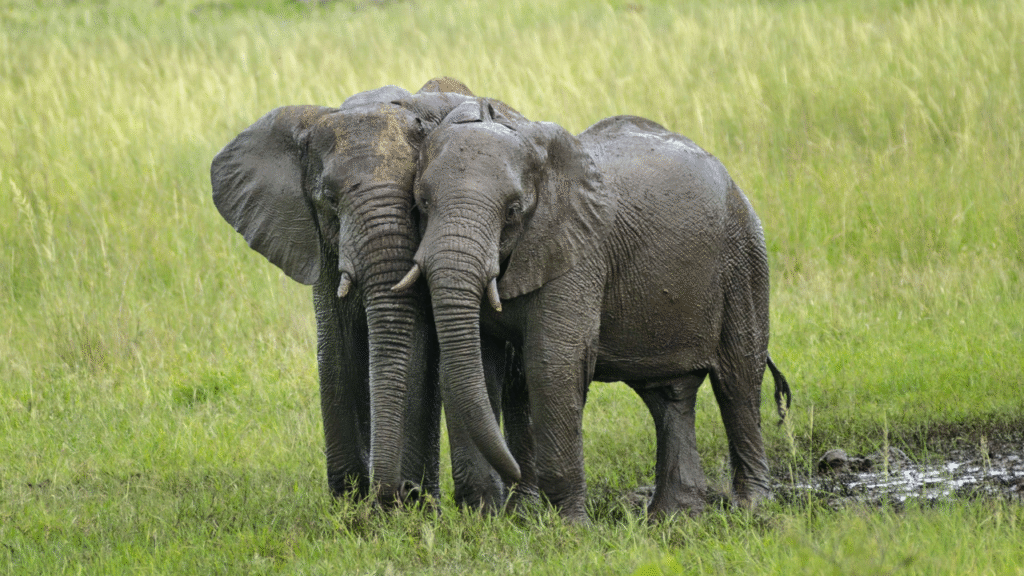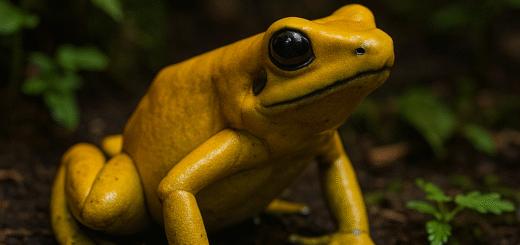Elephants in Mythology: Stories from Around the World
Elephants have always fascinated humankind. Their size commands respect, their gentleness inspires admiration, and their intelligence surprises even scientists. But long before the world studied elephants through research, people told stories. From the villages of India to the savannahs of Africa, elephants appeared in legends, dreams, and the hearts of spiritual tales passed down for generations.

Let’s explore how different cultures around the world have woven elephants into their mythologies.
India – The Elephant-Headed God
In India, no mythological elephant is more famous than Ganesha. He is a god with the head of an elephant and the body of a boy, and he is loved by millions. Ganesha is known as the remover of obstacles and the god of wisdom. He is the one people pray to before beginning anything important — a new job, a wedding, even a journey.
The story of Ganesha’s elephant head is touching and strange. One day, while the goddess Parvati was bathing, she asked her son to guard the door. Her husband, the mighty god Shiva, returned home and was stopped by the boy. Not knowing who he was, Shiva struck him down in anger. When Parvati found out, her grief was so deep that Shiva promised to bring the child back to life. He sent his servants to find the head of the first creature they came across — and it happened to be an elephant.
Since then, Ganesha has stood at the crossroads of every journey, a symbol of how wisdom often comes from unexpected beginnings.
Southeast Asia – The Sacred White Elephant
In countries like Thailand and Myanmar, white elephants are more than rare animals — they are royal and sacred. People believe that white elephants are blessings, signs from the heavens that a wise and just ruler is on the throne.
Kings who owned white elephants were considered especially fortunate. These elephants weren’t used for labor or war. They were cared for with the highest respect, fed the best food, and treated as members of the royal family.
One story tells of a king who was gifted a white elephant by the gods. The elephant was said to bring peace wherever it stepped. Even today, statues and images of white elephants are common in temples and palaces throughout Southeast Asia.
Africa – Elephants as Ancestors
Across many African cultures, elephants are more than powerful creatures — they are living ancestors. In some traditions, especially among the Akan people of West Africa, elephants are connected to kingship. A chief might wear symbols of elephants, not to show off power, but to remind everyone that leadership should be wise, patient, and strong — like the elephant.
In the forests and grasslands of Central Africa, elders tell stories of elephants as protectors of the land. Some believe that when an elder dies, their spirit may live on in an old elephant. To harm such a creature would be to harm a soul still walking the Earth.
Thailand – The Three-Headed Elephant
In Thai mythology, there is a great elephant named Erawan. He’s not just any elephant — he has three heads, and sometimes even thirty-three in ancient texts. Erawan is the mount of the sky god Indra, and his image appears in temples, palaces, and even museums.
Erawan represents cosmic power and balance. He is so large that thunder is said to roll from his footsteps. His heads see in every direction, and he carries the weight of heaven itself.
Buddhist Stories – The Elephant of the Dream
Before the Buddha was born, his mother had a strange and beautiful dream. She saw a white elephant descend from the heavens and enter her womb. Wise people told her it was a sign — her child would be a great teacher, someone who would change the world.
Because of this, elephants in Buddhist traditions are symbols of clarity and peace. They stand quietly, never rushed, never afraid, and carry the weight of wisdom with ease. Even today, statues of elephants often appear outside temples as guardians and reminders of inner strength.
Ancient Rome and Europe – Strange and Noble Beasts
Elephants didn’t live in ancient Europe, but stories of them still reached the people. Roman generals brought elephants back from faraway wars, and they became symbols of victory and power.
In the Middle Ages, writers who had never seen elephants imagined them as noble and pure. They said elephants were gentle with their mates, never unfaithful, and full of kindness. Some stories told of elephants that wept at the loss of their loved ones, just like humans do.
Even in books of alchemy and mysticism, elephants sometimes appeared — standing for patience, memory, and balance between strength and peace.
A Gentle Giant in Every Culture
What’s striking about these stories is how different people, living thousands of miles apart, all saw something special in the elephant. Some called them gods, others called them family, and still others saw in them the best parts of themselves — loyalty, wisdom, courage.
Even in modern times, elephants remain symbols of something bigger than life. They remind us of things we often forget in our rush: to move with purpose, to remember those who came before us, and to care for each other with kindness and strength.
From the jungles of India to the hills of Africa, from royal courts to sacred dreams, elephants have marched not only through history — but through the soul of humanity.








